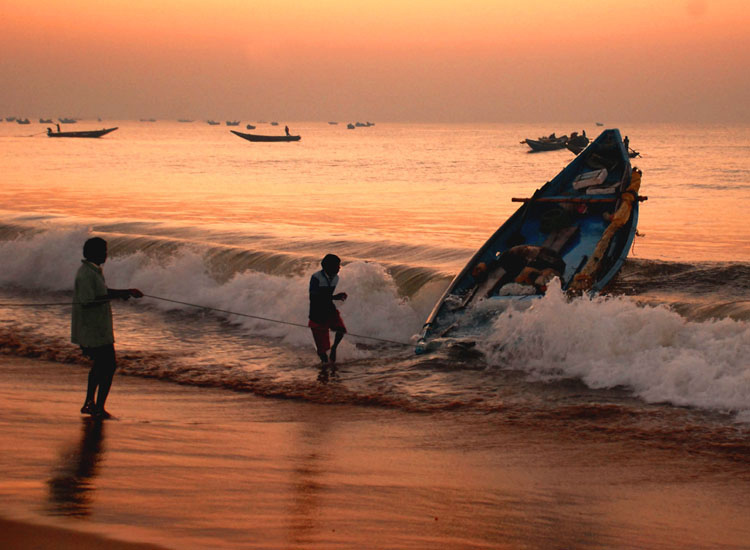NORTH EAST INDIA
Consisiting of seven States also known as the Seven Sisters, the North East of India has its own beauty and charm that will mesmerise you. Primarily consisiting of Assam, Arunachal Pradesh, Meghalaya, Mizoram, Nagaland and former Princely States of Manipur and Tripura. Also part of greater Northeast India are the state of Sikkim and parts of North Bengal (districts of Darjeeling, Jalpaiguri, and Koch Bihar). A few must do things, like sipping a hot cup of tea at an Assam tea garden or watching the endagered one horned Rhino at Kaziranga or enjoying the rain in Cherrapunji and aot more. The region is one of the most ethically and linguistically diverse regions in Asia. Each state has its distinct cultures and traditions. A place renowned for its magical beauty and bewildering diversity. Each state is a paradise in its self.
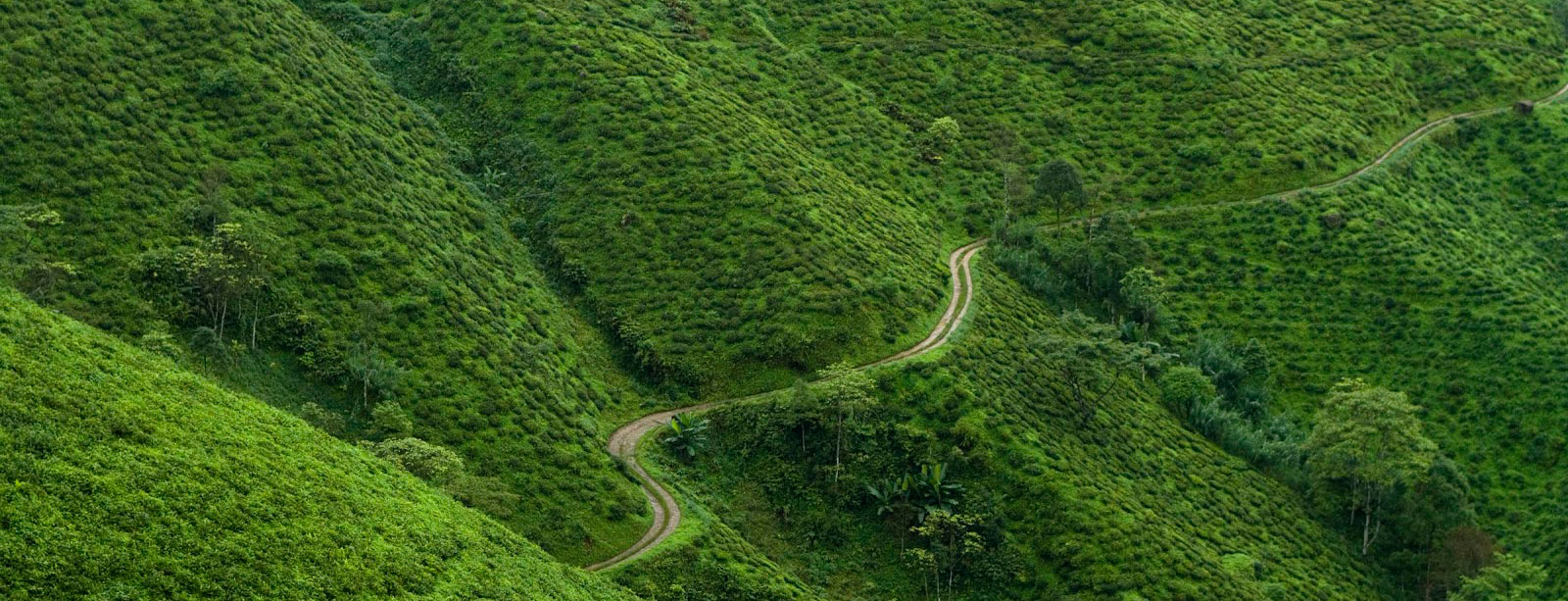
"All you need to do is relax, enjoy and experience the Incredible India."
Tribes in North East India
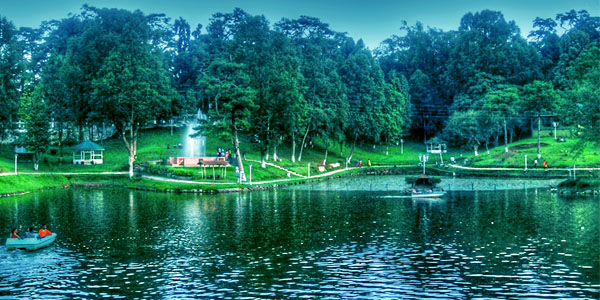

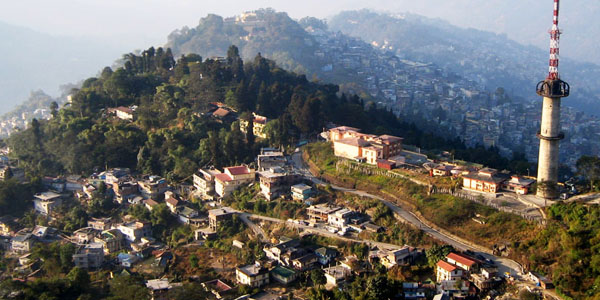
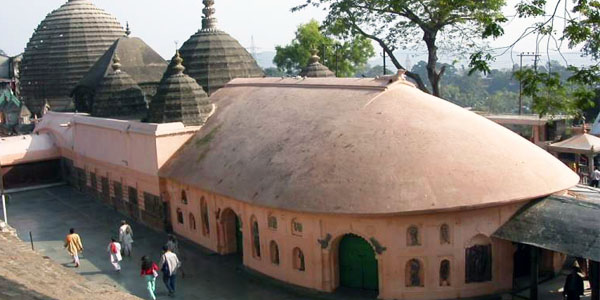
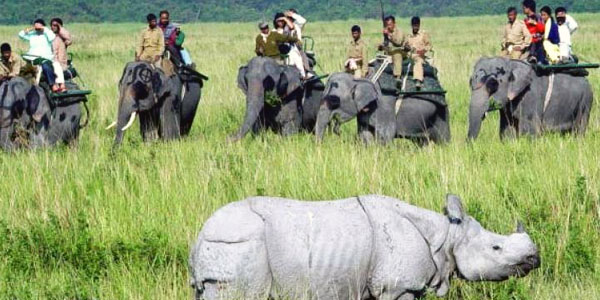
The North East Indian tribes can be separately marked for their cultural trends which are marked by their festivals, customs, dances and other social occasions. They can be largely associate with the ethnic groups of Indo Mongoloids, Tibeto-Burmese and proto Austrioloids which represent the Asio-Austric culture on Indian hilly regions. Their existence can be traced back to the pre-historic times.
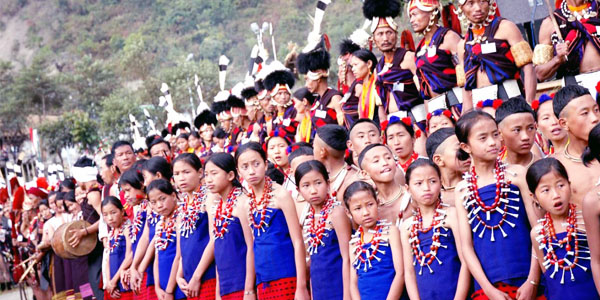
• Konyak Tribe in Nagaland
• Zekhring tribe in Arunachal Pradesh
• Lost Tribes of Israel in Mizoram
• Lobha Tribe in Arunachal Pradesh
Other must see tribes are Khasis, Garos and Pnars of Meghalaya: Bodo, Dimasa, Kalitas, Karbis, Khamti, Kuki and Misings of Assam.
